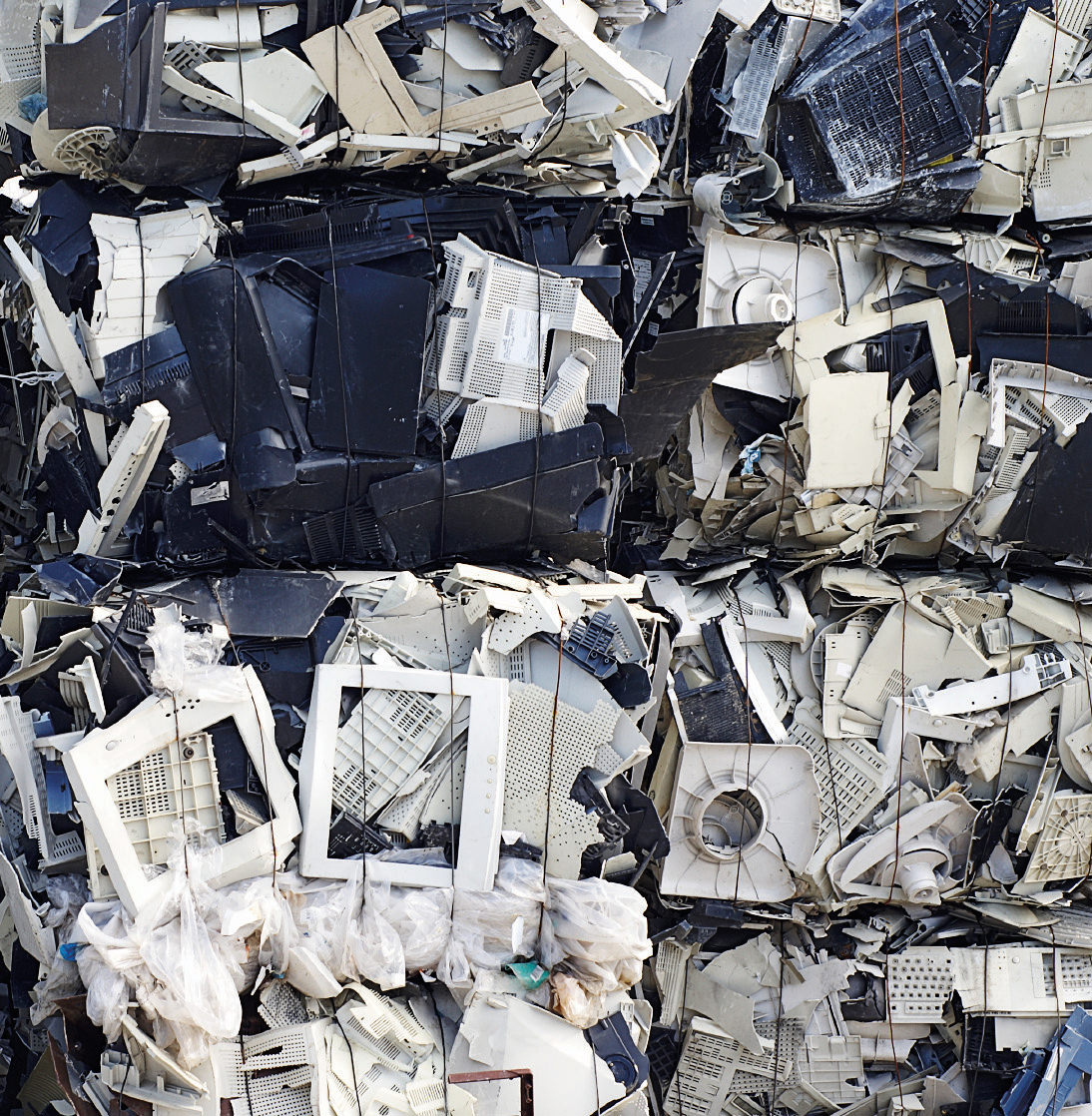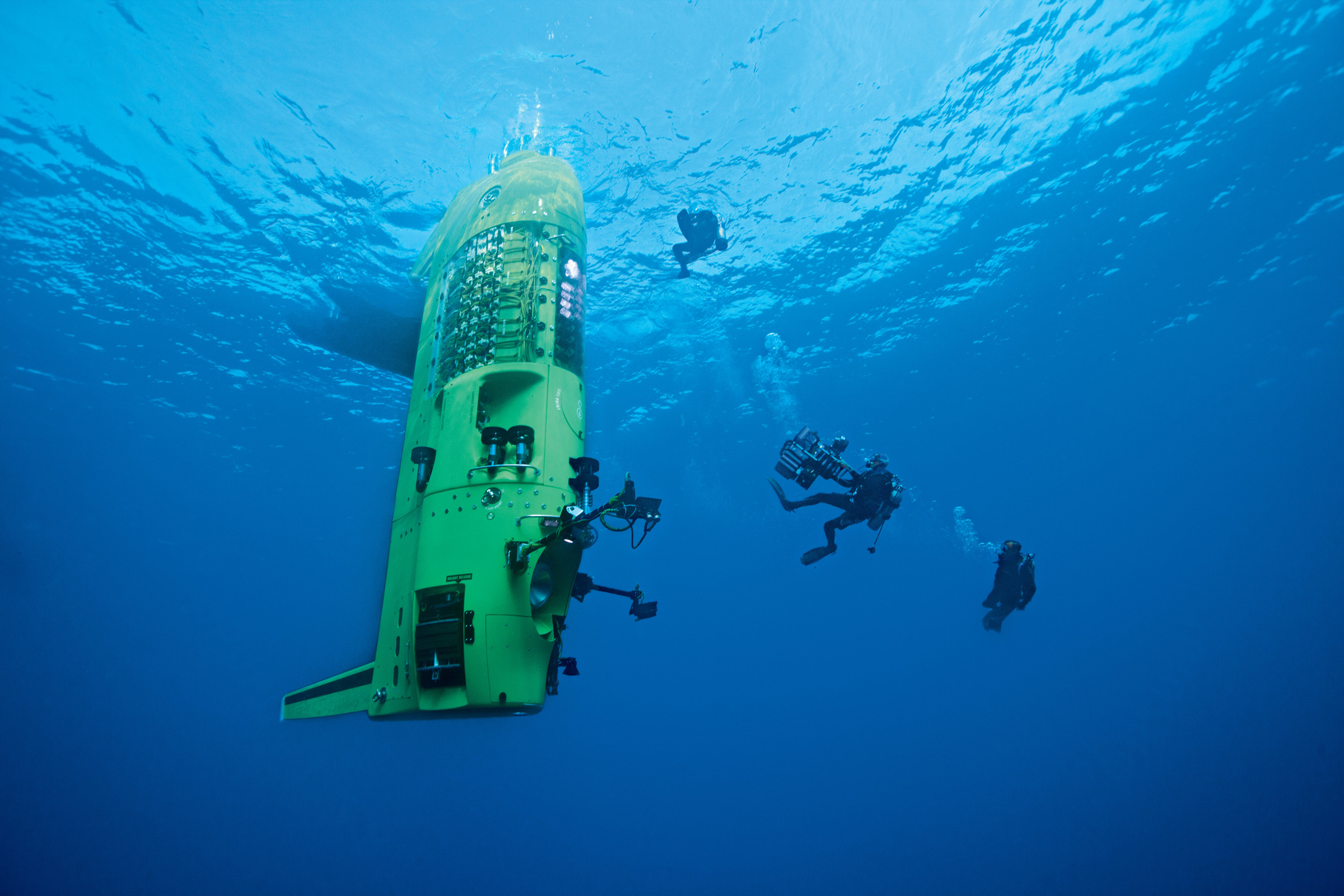Tech Trash
Electronics turn into hazardous waste.

Photo ©Ermin Gutenberger/iStock Photo.
The scene could easily have been lifted from the final stages of the Apocalypse: A wide cesspool, the flotsam and jetsam of a thousand cities half-submerged in its moss-green water. Garbage piled in haphazard heaps. Fires belching acrid, jet-black smoke into the pale blue sky. A mob of grubby, half-dressed children poking a burning pile of plastic with charred sticks. All that’s missing are the Four Horsemen.
In truth, it is a scene from Ghana: Digital Dumping Ground. The documentary, conceived of and written by students from the University of British Columbia, not only took home a 2010 Emmy Award for Outstanding Investigative Journalism, but it helped shine a light on the high-tech industry’s dirty little secret: what exactly happens to our computers, TVs, and other electronic gadgets when they reach the end of their useful lives.
No small problem. In fact, Environment Canada reports Canadians currently dump more than 140,000 tonnes of high-tech trash—obsolete computers, old cellphones, used printer cartridges, broken TVs, along with the occasional dishwasher or toaster—into this country’s landfills every year. That’s the bad news. The really bad news: those 140,000 tonnes of cast-off electronics contain a witch’s brew of heavy metals and toxic substances, including approximately 4,750 tonnes of lead, 4.5 tonnes of cadmium, and 1.1 tonnes of mercury.
Not the kind of stuff you’d want in your backyard, much less leaching into your water table. And until recently, that pretty much summed up the solution the developed world took to the problem of electronic waste, or e-waste. Instead of disassembly, extraction of hazardous materials, and recycling—possible, but expensive, time-consuming, and perilous—we put it in a shipping container and send it on its merry way.
To Ghana, and also Nigeria, Sri Lanka, Vietnam, Pakistan—indeed, any country willing to trade cash for trash. Call it the new colonialism: instead of treating Africa as a giant plantation or open-pit mine, we treat it as a continent-sized landfill, the final resting place for all the high-tech wizardry we’ve grown tired of in the developed world.
On paper, China has laws in place forbidding the import of electronic waste. Yet within the 33 million imperial tons of recyclable waste imported annually, a significant and undocumented portion is illegal e-waste. Combined with the country’s own electronic offal, China has become home to the largest e-waste dump in the world, located in Guiyu (about 250 kilometres northeast of Hong Kong). Its environs have developed an industry in which entire families scrounge through mountains of high-tech waste, earning what they can for the copper, gold, and spare parts extracted from the refuse.
It’s a lucrative business. A standard 12-metre shipping container packed with cast-off cell phones (say, 110,000 in total) can be “mined” for more than $143,000 worth of gold at current prices. Add that to the $110,000 of copper and just under $33,000 of silver in the same cargo. The market for such metals rarely suffers the same economic vagaries as debased local currencies—part of the reason why high-tech junk is such a hot commodity in impoverished nations.
Of course, such lucre rarely makes its way down the full length of the e-waste food chain. The average worker at the Guiyu dump takes home about 30 to 50 yuan a day ($8.07 at current exchange rates), which in some shops can extend to 16-hour shifts.
Such employment carries grave consequences for the workers (mostly women in Guiyu; mostly school-aged boys in Ghana). In many cases, workers burn old circuit boards over open hot plates or makeshift firepits, melting them down for the treasure inside, all the while sucking back lead, cadmium, mercury, dioxin, brominated flame retardants, and any number of other lethal fumes. The long-term effects of such exposure? Well, one can guess. A study undertaken by Shantou University Medical College showed 88 per cent of Guiyu children under the age of six tested positive for lead poisoning.
As of fall of last year, such trade has become effectively illegal around the globe. On October 21, the 118 member states of the Basel Convention controlling transboundary movement of hazardous waste met in Cartagena, Colombia, to effectively ban the overseas export of high-tech junk. The declaration also calls for the creation of an international system that will track and measure the generation of e-waste around the world.
Although the agreement has been touted as a major breakthrough (the amendment had been stalled for more than 15 years), enforcement is another matter. In the past, importers have duped unsuspecting port officials by labelling waste as charitable donations or second-hand goods. Those who get caught face little more than a disapproving eye. Back in 2006, for example, RCMP in Vancouver intercepted 500,000 kilograms of Canadian high-tech waste (most of it from Ontario and Quebec) in 50 containers bound for China and Hong Kong. The 27 offending companies were fined $2,000 each. Such penalties give the bad guys a clear incentive to continue business as usual.
And so responsibility for e-waste falls to the consumer. Taking e-junk to properly certified electronics recyclers (with an e-Steward designation, for example) can help. Pushing governments (national, provincial, local) to take the problem seriously is another important step. That, and being careful about the toys one wishes for on Christmas Eve.
Such is the rich irony of electronic waste. Here in the developed world, technology is the stuff of dreams; for developing nations, those dreams are an environmental and public health nightmare. On one side of the world, high-tech toys entertain and titillate; on the other, they destroy lives and lay waste to the land. Here, a vision of the future; there, a vision of the way the world ends. Not with a bang, but with the crackle of plastic and solder melting on the end of a stick.
Photo ©Ermin Gutenberger/iStock Photo.








